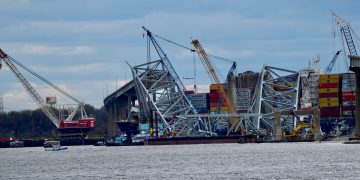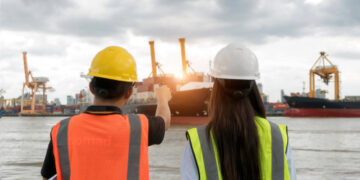The video, issued by Panama Canal, shows how the Canal connects more than 144 routes, reaching 1,700 ports in 160 countries. By providing a short passageway between the Atlantic and the Pacific Oceans, the Canal has influenced world trade patterns, spurred growth in developed countries, and has been a primary impetus for economic expansion in many remote areas of the world.
For example, a vessel laden with coal sailing from the east coast of the United States to Japan via the Panama Canal saves about 4,800 kilometers (3,000 miles) versus the shortest alternative all-water route, and for a vessel laden with bananas sailing from Ecuador to Europe the distance saved is about 8,000 kilometers (5,000 miles).
By far, most of the traffic through the Canal moves between the east coast of the US and the Far East, while movements between Europe and the west coast of the US and Canada comprise the second major trade route at the waterway.
Other regions and countries, however, such as the neighboring countries of Central and South America, are proportionately more dependent on this vital artery to promote their economic development and expand trade.
Since the Canal first opened on 15 August 1914, the waterway has provided transit service to more than 815,000 vessels.
Of the thousands of vessels transiting the Canal each year, about 30% of the total oceangoing transits are by Panamax-size vessels, the largest vessels the waterway can accommodate.
































































